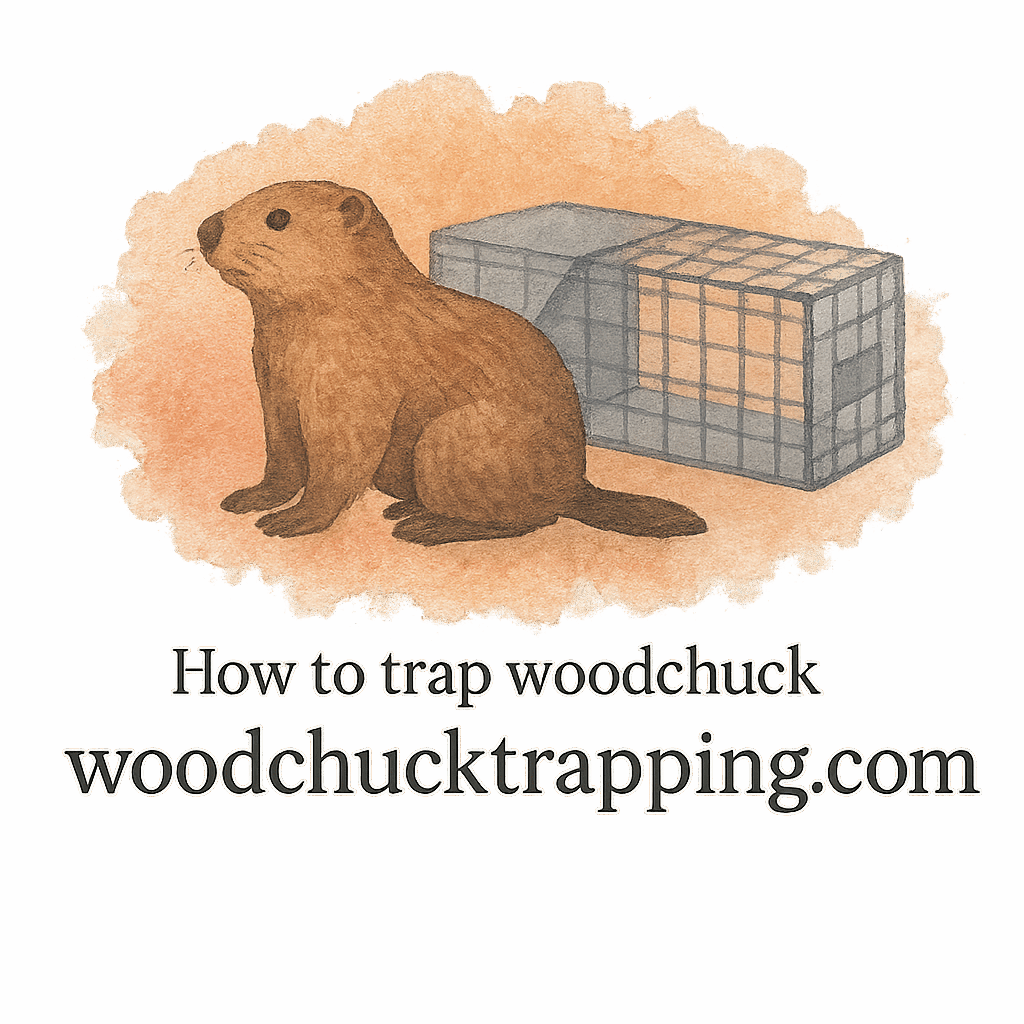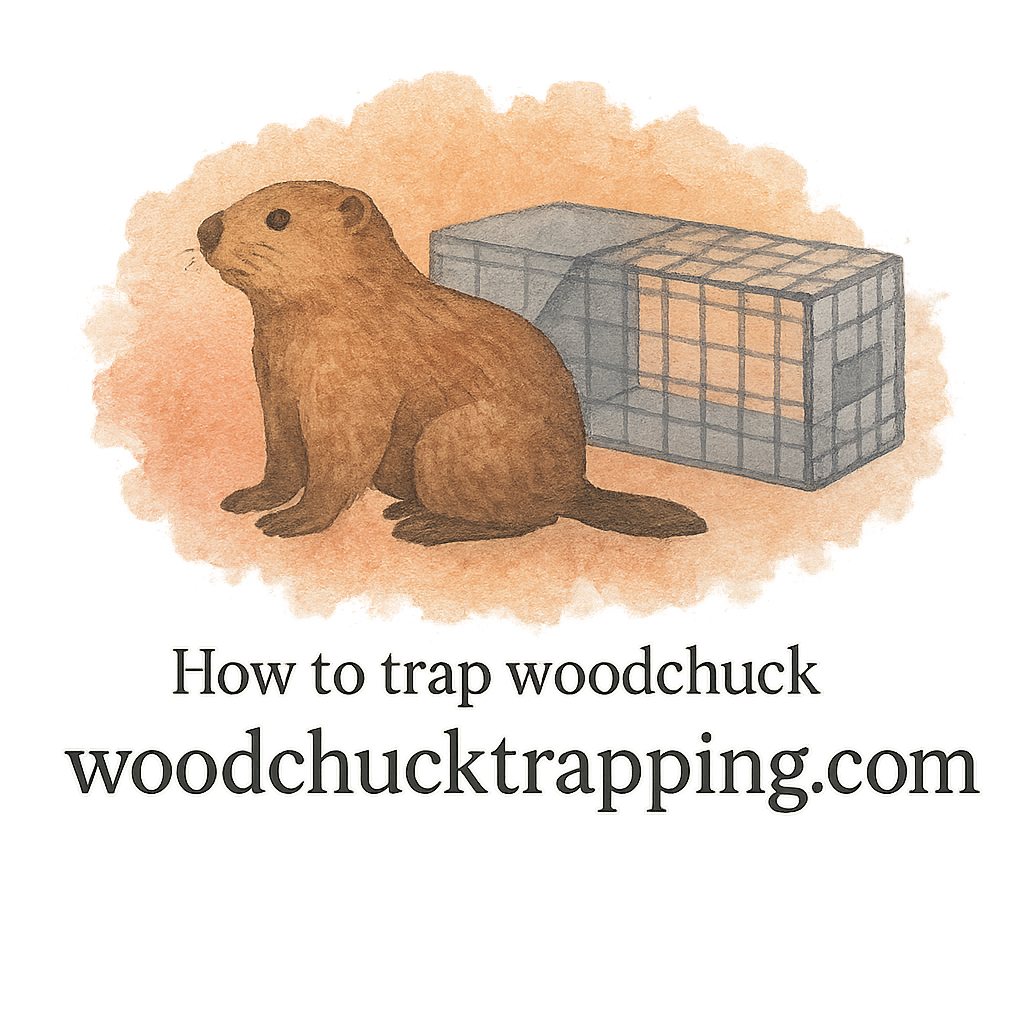Introduction
Let’s face it, woodchucks can be cute from a distance, but when one is snarling and squirming inside a trap, things get a little less charming. While trapping these critters may be necessary to protect your garden or home, getting bitten is a risk you definitely want to avoid. So how do you deal with a trapped woodchuck without needing a tetanus shot after?
In this guide, we’ll break down five practical, safe, and humane ways to avoid getting bitten by a trapped woodchuck. Whether you’re new to trapping or a seasoned expert, this article will help you stay safe while handling these surprisingly strong and feisty animals.
Why Woodchucks Bite When Trapped
Natural Defense Mechanisms
Woodchucks, like most wild animals, bite as a defense. They feel threatened when cornered or restrained, and biting becomes their go-to response to escape danger.
Stress and Fear Triggers Aggression
Trapping a woodchuck is incredibly stressful for the animal. That stress flips a switch, turning it from a timid digger into a snapping, lunging ball of fur. Recognizing this natural fear response helps you plan safer handling.
Understanding Woodchuck Behavior
Recognizing the Signs of Aggression
If the woodchuck is baring its teeth, growling, or lunging at the sides of the trap, take it seriously. Those are clear warnings.
Woodchuck Body Language to Watch For
A puffed-up posture, high-pitched squeals, and frenzied pacing in the trap mean the woodchuck is anxious and ready to defend itself.
Read more about signs of aggression and behavior in woodchucks
Way 1: Wear Proper Protective Gear
Gloves Are Non-Negotiable
Always wear thick, animal-handling gloves when near the trap. Not only do they protect your hands from a bite, but they also reduce scent transfer, which can stress the animal further.
Check out gear reviews for safe handling gloves
Consider Compact Trapping Equipment
Using compact traps reduces space, which keeps the animal from lunging at you. Less movement space means fewer chances of surprise bites.
Protecting Hands and Arms
Opt for long sleeves and arm guards when handling traps, especially if the trap has open areas where paws or teeth can reach through.
Way 2: Use the Right Trapping Equipment
Use Humane and Safe Traps
Humane traps not only protect the animal but often have safer designs for the trapper. Look for traps with shielding and safety mechanisms.
Discover the best humane trapping techniques
Choosing Traps Designed for Minimal Contact
Traps with back-release doors or slide release features allow you to avoid direct contact with the animal.
Explore safe trap gear options
Reviews of Safe Trap Gear
Always check out user reviews and expert opinions before purchasing.
Way 3: Lure Strategically to Minimize Risk
Best Baits and Lures for Safe Trapping
Use irresistible yet non-messy baits like apple slices or cantaloupe. Avoid foods that make the trap hard to clean or increase animal aggression.
Learn baiting and luring strategies
Placing the Trap Smartly
Don’t just plop the trap anywhere. Place it near active burrows but in a spot where you can approach from behind.
Tips on burrow location and placement

Way 4: Approach with Caution
Wait Before Interacting with the Trap
Give the animal a few minutes to calm down after being trapped. A panicked animal is more likely to bite.
How to Safely Handle a Trapped Woodchuck
Approach the trap from behind, cover it with a cloth to reduce visual stimuli, and use a secure handle.
Way 5: Follow Legal and Safety Guidelines
Check Local Laws on Wildlife Handling
Some states require specific permits or methods when dealing with nuisance wildlife.
Safety Practices for Releasing or Relocating
Use proper release protocols: open the door from behind, wear gloves, and move slowly.
Safety rules for trapping and relocation
Additional Tips to Prevent Woodchuck Bites
Keep Children and Pets Away
Never let kids or pets near a trap. Curious hands and noses can lead to accidents.
Trap in the Early Morning or Evening
Woodchucks are more active during these times, increasing your chances of success while minimizing exposure.
Read more about trapping techniques
Conclusion
Woodchucks aren’t out to get you, but when cornered, they will bite. By being smart—wearing the right gear, using the proper traps, baiting wisely, handling with care, and staying within the law—you can avoid a painful nip and still manage a safe, effective trapping experience.
Want to learn more about how to make your yard woodchuck-free?
Check out woodchuck prevention tips
FAQs
1. Can a woodchuck bite through gloves?
Yes, if the gloves are thin or not rated for animal handling. Always use thick, puncture-resistant gloves.
2. What time of day are woodchucks most active?
Early morning and late afternoon are peak activity times, making them ideal for trapping.
3. Are woodchuck bites dangerous?
They can cause infection or transmit diseases. Always clean bites thoroughly and seek medical attention.
4. What’s the safest way to release a woodchuck?
Open the trap from behind, wear gloves, and cover the trap with a cloth to keep the animal calm.
5. Do woodchucks return after being relocated?
They can, especially if relocated nearby. Aim for relocation areas several miles away.
6. Can I trap a woodchuck without using bait?
It’s possible but harder. Strategic baiting increases success rates significantly.
7. How do I know if a woodchuck is living in my yard?
Look for burrow holes, gnawed plants, and dirt mounds near your garden or structures.
Explore more on woodchuck infestation signs


